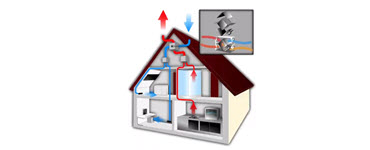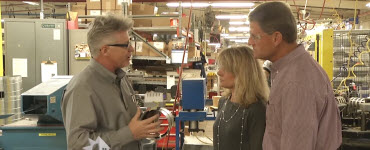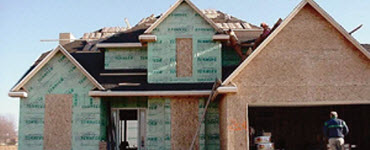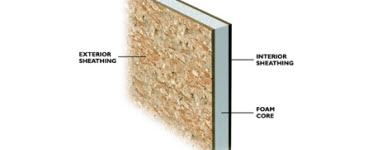Energy rater and performance consultant
Builders enlist help from energy raters and performance consultants to create the most energy-efficient house plans. This process starts with the framing, by looking for gaps and holes which occur due to wood not being uniform.
In phase two, they check insulation to ensure there is enough and that all the walls and the attic are properly covered.
In the final phase, devices are used to perform a multitude of tests to measure the energy efficiency of the house before the homeowner closes on their new home. Many energy-efficiency problems can be fixed by the builder before the closing date.
In this video: See how involving an energy rater during the planning phase ensures an energy efficient outcome for a new home.
Home Energy Rating System (HERS)
More from this category
Historic preservation
A preservation expert shares how to restore an older home economically and energy efficiently.
New home comfort issues
Air quality and ventilation in new homes
New, energy-efficient homes need new solutions to circulate and ventilate the air inside the home.
Finding an energy-smart builder
An energy-smart builder will help you make the right choices for your family and lifestyle.
Habitat for Humanity
Habitat for Humanity is an organization that provides simple, sturdy homes. Learn how energy efficiency is a key factor in building these homes.
Insulated concrete forms
An insulated concrete form (ICF) system eliminates the cold drafts typical of wood-frame construction.
Structural insulated panels
Structural insulated panels, also called SIPs, foam-core panels or stress-skin panels, are significantly more airtight than stud walls.









